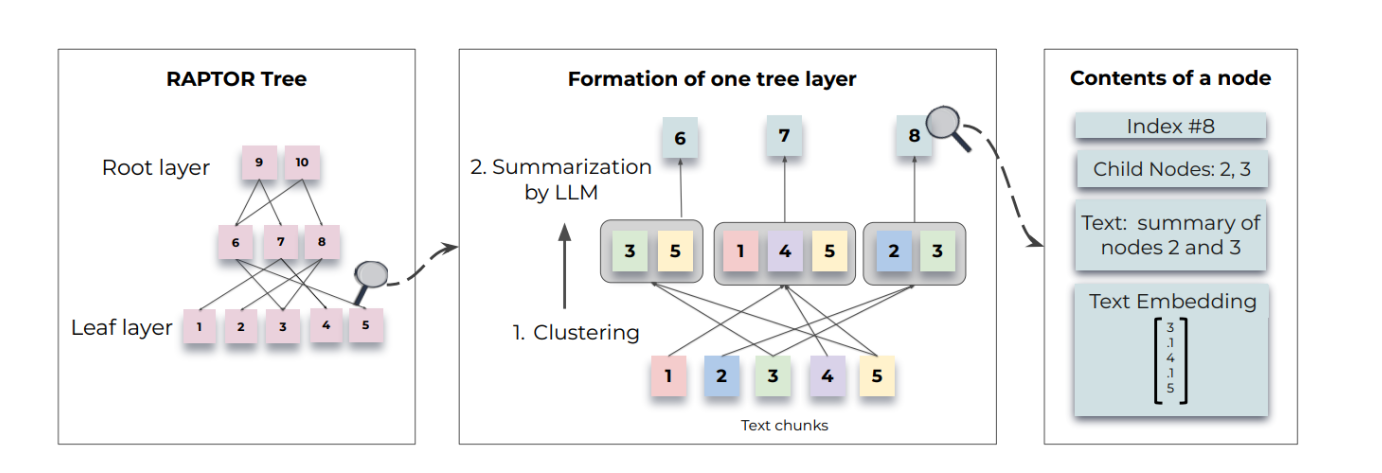BiSeNet脸部解析
BiSeNet脸部解析
BiSeNet脸部解析
本项目使用极其简单,就是你需要脸部解析的图片尽量是一个正方形,因为数据预处理会先把图片resize成为523x512大小。
另外本项目适合为妆容迁移等脸部任务提供脸部各个部位的辅助信息,作为一个轮子是很好的。
原pytorch项目地址:https://github.com/zllrunning/face-parsing.PyTorch
权重pytorch 转paddle,感谢张牙舞爪帮我转的权重,我也不知道我为啥转错了,有点尴尬。
input:
把需要人脸解析的图片放在myphoto文件夹下 举个例子在这里插入图片描述
output:
生成的人脸解析图片会放在test_res文件夹下

这张图片就是SSAT妆容迁移需要输入的人脸解析的信息了

这张图片就是为了方便直观看是否人脸解析正确罢了
重点!!!!!!!!!!!!
当把需要解析的人脸照片放在./myphoto文件夹下后就请傻瓜式允许下方代码就行!只要你的图片是RGB三通道的就行,RGBA四通道需要自己调试
In [5]
from paddle_model import BiSeNet
import paddle
import os
import os.path as osp
import numpy as np
from PIL import Image
import paddle.vision.transforms as transforms
import cv2
def vis_parsing_maps(im, parsing_anno, stride, save_im=False, save_path=‘vis_results/parsing_map_on_im.jpg’):
# Colors for all 20 parts
part_colors = [[255, 0, 0], [255, 85, 0], [255, 170, 0],
[255, 0, 85], [255, 0, 170],
[0, 255, 0], [85, 255, 0], [170, 255, 0],
[0, 255, 85], [0, 255, 170],
[0, 0, 255], [85, 0, 255], [170, 0, 255],
[0, 85, 255], [0, 170, 255],
[255, 255, 0], [255, 255, 85], [255, 255, 170],
[255, 0, 255], [255, 85, 255], [255, 170, 255],
[0, 255, 255], [85, 255, 255], [170, 255, 255]]
im = np.array(im)
vis_im = im.copy().astype(np.uint8)
vis_parsing_anno = parsing_anno.copy().astype(np.uint8)
vis_parsing_anno = cv2.resize(vis_parsing_anno, None, fx=stride, fy=stride, interpolation=cv2.INTER_NEAREST)
vis_parsing_anno_color = np.zeros((vis_parsing_anno.shape[0], vis_parsing_anno.shape[1], 3)) + 255
num_of_class = np.max(vis_parsing_anno)
for pi in range(1, num_of_class + 1):
index = np.where(vis_parsing_anno == pi)
vis_parsing_anno_color[index[0], index[1], :] = part_colors[pi]
vis_parsing_anno_color = vis_parsing_anno_color.astype(np.uint8)
# print(vis_parsing_anno_color.shape, vis_im.shape)
vis_im = cv2.addWeighted(cv2.cvtColor(vis_im, cv2.COLOR_RGB2BGR), 0.4, vis_parsing_anno_color, 0.6, 0)
# Save result or not
if save_im:
cv2.imwrite(save_path[:-4] +'.png', vis_parsing_anno)
cv2.imwrite(save_path[:-4]+"color.png", vis_im, [int(cv2.IMWRITE_JPEG_QUALITY), 100])
# return vis_im
IMG_EXTENSIONS = [
‘.jpg’, ‘.JPG’, ‘.jpeg’, ‘.JPEG’,
‘.png’, ‘.PNG’, ‘.ppm’, ‘.PPM’, ‘.bmp’, ‘.BMP’,
]
def is_image_file(filename):
return any(filename.endswith(extension) for extension in IMG_EXTENSIONS)
def evaluate(respth=‘./test_res’, dspth=‘./data’, save_pth=‘paddleweight1.pdparams’):
‘’’
respth 测试图片模型输出的文件夹路径位置
dspth 模型读取图片的文件夹路径位置
save_pth 加载模型权重路径
‘’’
if not os.path.exists(respth):
os.makedirs(respth)
n_classes = 19
net = BiSeNet(n_classes=n_classes)
net.set_state_dict(paddle.load(save_pth))
net.eval()
to_tensor = transforms.Compose([
transforms.ToTensor(),
transforms.Normalize((0.485, 0.456, 0.406), (0.229, 0.224, 0.225)),
])
with paddle.no_grad():
for image_path in os.listdir(dspth):
if is_image_file(image_path):
img = Image.open(osp.join(dspth, image_path))
image = img.resize((512, 512), Image.BILINEAR)
# image = image[:,:,:3]
img = to_tensor(image)
img = paddle.unsqueeze(img, 0)
# img = img.cuda()
out = net(img)[0]
parsing = out.squeeze(0).numpy().argmax(0)
# print(parsing)
print(np.unique(parsing))
vis_parsing_maps(image, parsing, stride=1, save_im=True, save_path=osp.join(respth, image_path))
if name == “main”:
evaluate(dspth=‘./myphoto’)
[ 0 1 2 3 4 5 10 12 13 14 16 17]
[ 0 1 2 3 4 5 10 12 13 14 17]
[ 0 1 2 3 7 10 12 13 14 16 17]
[ 0 1 2 3 4 5 10 12 13 14 16 17 18]
更多推荐
 已为社区贡献1436条内容
已为社区贡献1436条内容










所有评论(0)